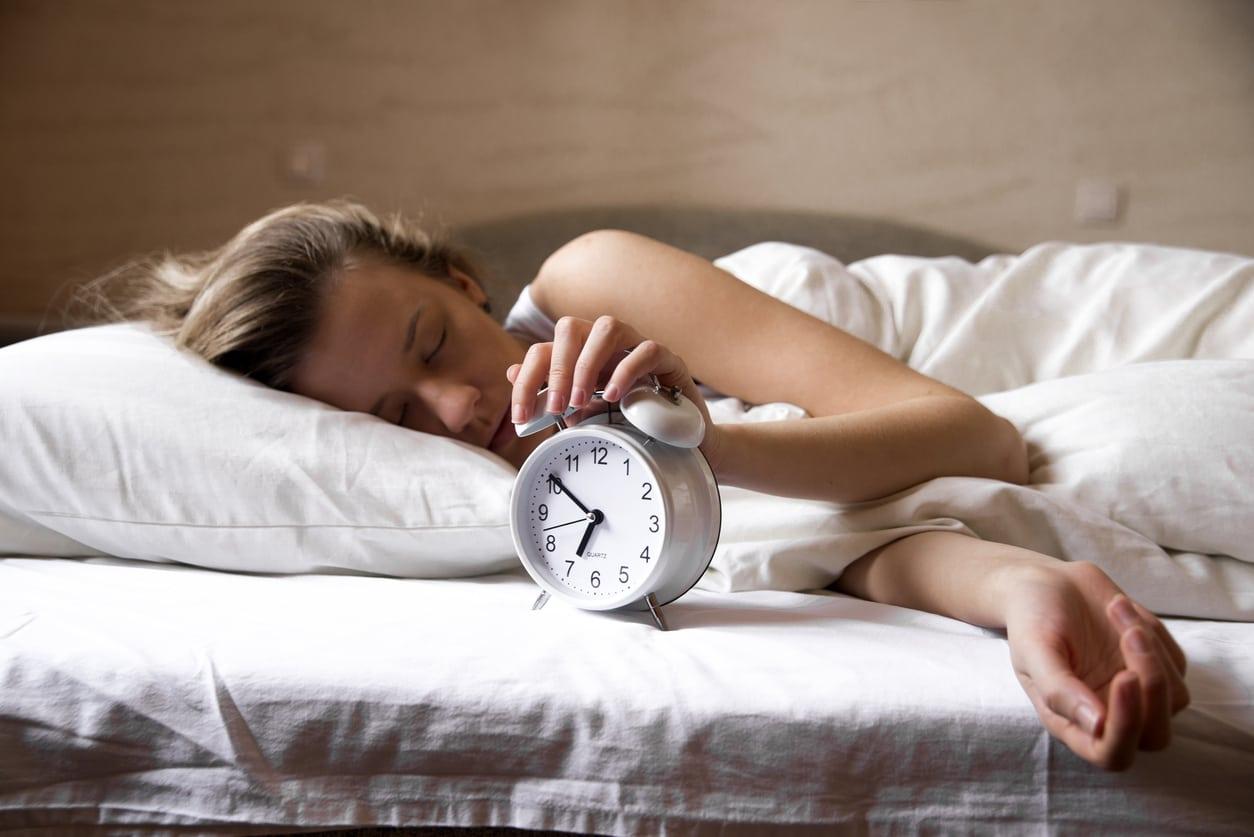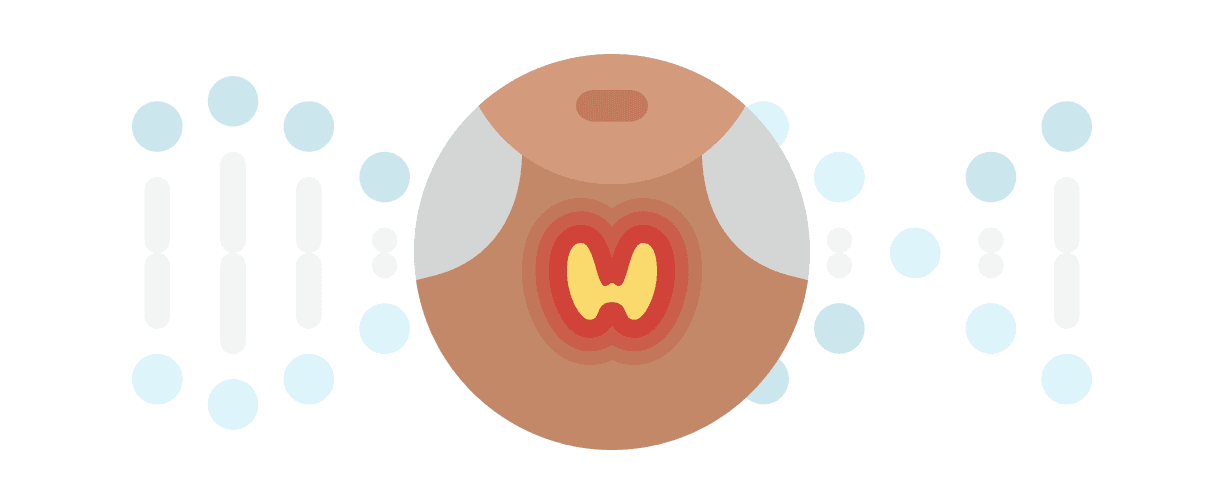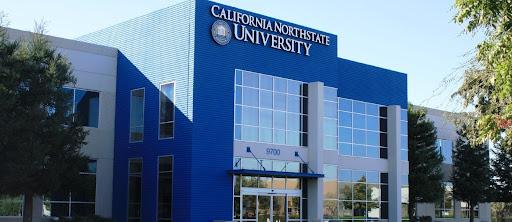By Thao Do, Ph.D., Manager of 23andMe’s Education and Academia Program
One of the most popular experiments in genetics is how to extract DNA from strawberries. This is a quick and simple experiment that you can do at home or in the classroom and is excellent for kids and adults of all ages.
At 23andMe, we love to demo this experiment at family events and conferences to bring the tiny, invisible world of DNA to life. When people can see, touch, and interact with the white clumps of strawberry DNA, they often have an Aha! Moment. For most people, this simple way to extract DNA from strawberries is the entry point into genetics education.
All the materials that you need are everyday-materials that you might find in your home. Below you’ll see a recipe and discussion guide so you can try this experiment as well.
You can also check out this clip from 23andMe DNA LIVE event, where Thao Do, 23andMe’s Education and Academia Program Manager, shows studio sports host Mike Yam and 4th grader, Arden Lee, how to extract DNA from strawberries.
Strawberry DNA Extraction Recipe
Materials
|
1 resealable plastic bag 3 strawberries |
|
½ cup of water 1 tsp table salt 2 tsp dishwashing liquid
Tip: Use clear or light color liquid so you can see the color contrast between the red strawberry solution and clear rubbing alcohol. Other color dishwashing liquid or detergent are ok too. |
|
½ cup rubbing alcohol (95-99% isopropyl or ethanol) |
|
1 coffee filter or paper towel 1 clear cup or test tube
Tip: You can buy test tube at a very low cost on Amazon |
|
1 coffee stirrer or toothpick |
Protocol
Safety Caution: Be careful when handling the rubbing alcohol and make sure it doesn’t get into your eyes or mouth.
- Pull off green leaves on the strawberries
- Put 3 strawberries into the resealable plastic bag, push the air out of the bag, seal it, and gently smash the strawberries for a few minutes.
- In a cup, mix ½ cup of water, 1 tsp salt, and 2 tsp dishwashing liquid.
- Add 2 tsp of this liquid into the bag with the strawberry.
Tip: You don’t have to accurately measure these liquids. Approximations will work just fine here.
- Reseal the bag and gently mix the smashed strawberry with the salt and dishwashing liquid solution for a few more minutes
- Put a coffee filter or paper towel over an empty cup or test tube
- Pour the strawberry solution over a coffee filter or a paper towel to filter out any big strawberry pieces. Let the strawberry mixture filter into an empty clear cup or test tube.
- Tilt the empty clear cup or test tube and gently pour the rubbing alcohol so the alcohol forms a layer on top of the strawberry liquid.
Tip: Some recipes call for chilling the rubbing alcohol in the fridge or freezer before the experiment. In our experiences, this doesn’t make a noticeable difference. You can just use room-temperature rubbing alcohol.
- Wait for a few minutes. You should see white clumps and strings forming at the middle layer between the strawberry solution and rubbing alcohol – this is the strawberries’ DNA. (Kids often think this looks like “snot”!)
- Use the coffee stirrer or toothpick to swirl the DNA around and pull it up.
Discussion points:
- The cell’s genetic and hereditary information are stored in DNA.
- A single strand of DNA is very tiny (nanometer-scale, much smaller than a strand of hair) so we cannot see it with our eyes. We need a very powerful microscope to see individual strands of DNA.
- In this experiment, we use different chemicals to extract the strawberry DNA and make them clump together so we can easily see the strawberry DNA with just our naked eyes.
- The dishwashing liquid helps pop open (lyse) the strawberry cells, releasing the DNA into solution. (This is why we use dishwashing liquid to clean our dishes – the detergent chemical can break down food remains, grease, and pop open any bacterial cells to keep your dishes sparkling clean.)
- Salt is added to separate DNA from non-DNA parts, like cell walls, proteins, and other substances.
- Rubbing alcohol causes the DNA to come out of solution and clump together (precipitate), which makes it easier to see with the naked eyes.
- Strawberries are the perfect choice for a DNA extraction experiment because they are octoploid which means they have up to eight sets of chromosomes. In contrast, human cells are generally diploid, which means they only have two sets of chromosomes.
- You can use other fruits like kiwis, bananas, apple sauces to do a similar experiment as well. In our experiences, strawberries are the best choices because they provide a strong color contrast, red liquid against the clear alcohol, and they have many copies of chromosomes so they’re easier to extract and visualize.




